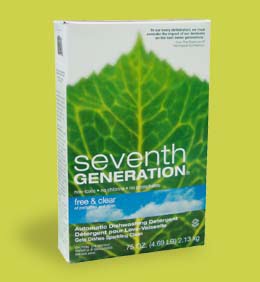Here’s another area where we consume too much and really don’t need to. Our favorite restaurant in Eugene is a great little place with grass-fed free range humanely raised beef in their burgers. Pepper Jack cheese, green chilis… yum.
BUT, these burgers are 1/2 pound! Plus fries. And the bun. They don’t post the calories, but one order probably exceeds the minimum daily requirement of something. But they’re SO good! What to do?
Well, my wife and I split one of these burgers (with fries, of course). That’s still 1/4 pound of beef, we still are full when we leave and we’ve accomplished two things: first, we’ve saved about $10 and we’ve eaten half as much food. We also haven’t contributed to our personal obesity (at least not as much).
Obesity in America is a huge issue (pun intended). According to the Centers for Disease Control and Prevention (CDC), obesity is a major risk factor for cardiovascular disease, some cancers and type 2 diabetes. In 2008, in the U.S., only Colorado had a prevalence of obesity less than 20%. Thirty two states were at 25% or more and six states were at 30% or more.
It’s all about calories and activity. We as a culture tend to do too much of the calories and not enough activity.
So back to the restaurants. Next time you’re going to eat out, eat with a friend and share an order. You may not leave absolutely stuffed (it takes your stomach about 20 minutes to get the signal to your brain), but you will likely be satisfied and comfortable within a half hour.
Give it a try and halve your next restaurant meal!

